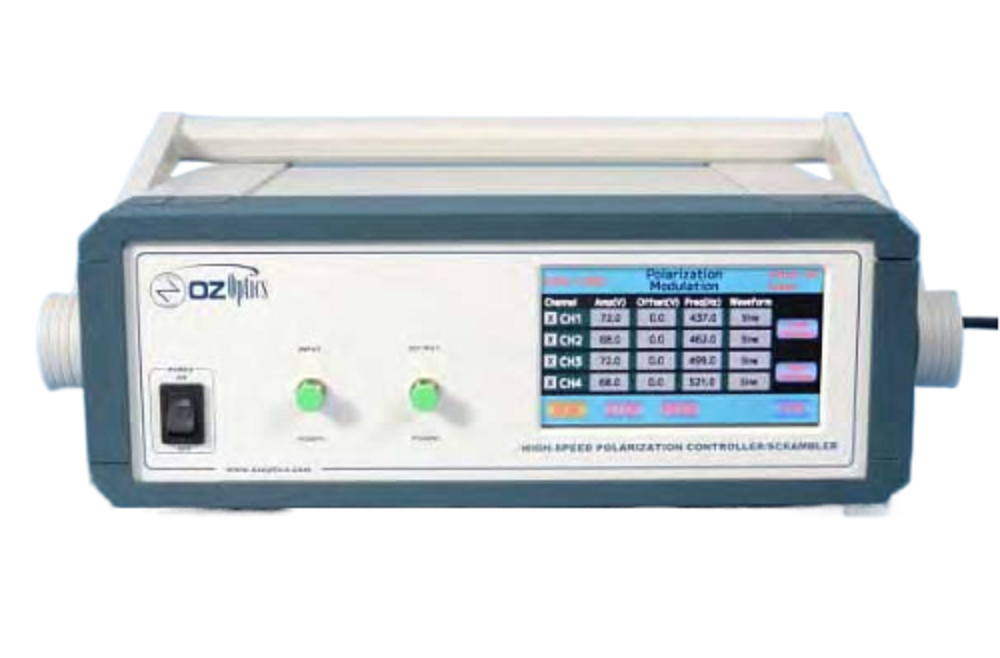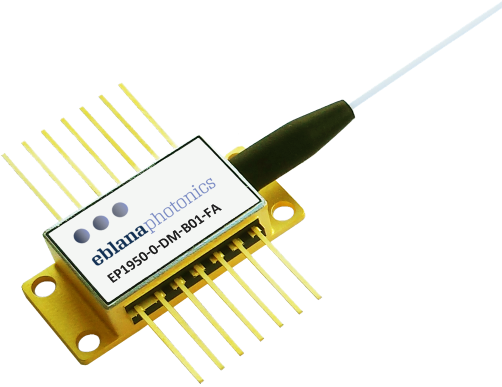Product information "QD7-0-SD/QD50-0-SD Sum and Difference Amplifier Position Sensing Modules"
900 nm Band Optimized; Active Area 7, 50 mm2; AA Dia. 3.0, 8.0 mm; Rise Time 10 ns; Responsivity 0.47, 0.54 A/W; Capacitance 20, 125 pF; Package TO-5, TO-8
OSI Optoelectronics’ QD7-0-SD or QD50-0-SD sum and difference amplifier position sensing modules are quadrant photodiode arrays with associated circuitry to provide two difference signals and a sum signal.
The two difference signals are voltage analogs of the relative intensity difference of the light sensed by opposing pairs of the photodiode quadrant elements. In addition, the amplified sum of all four quadrant elements is provided as the sum signal.
This makes the QD7-0-SD or QD50-0-SD ideal for both light beam nulling and position applications. Very precise light beam alignments are possible, and the circuit can also be used for target acquisition and alignment.
Key Features:
- 10 µm Gap is Available for the QD50-SD Modules
- Other QD7-XX or QD50-XX are Available Upon Request
Applications: Position Measuring; Beam Centering; Targeting; Guidance Systems






